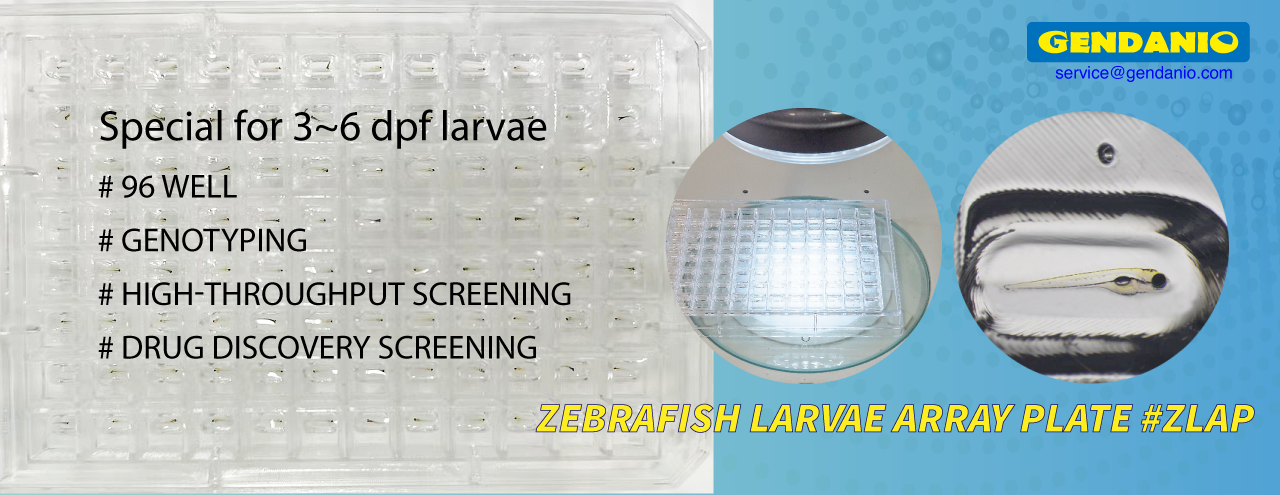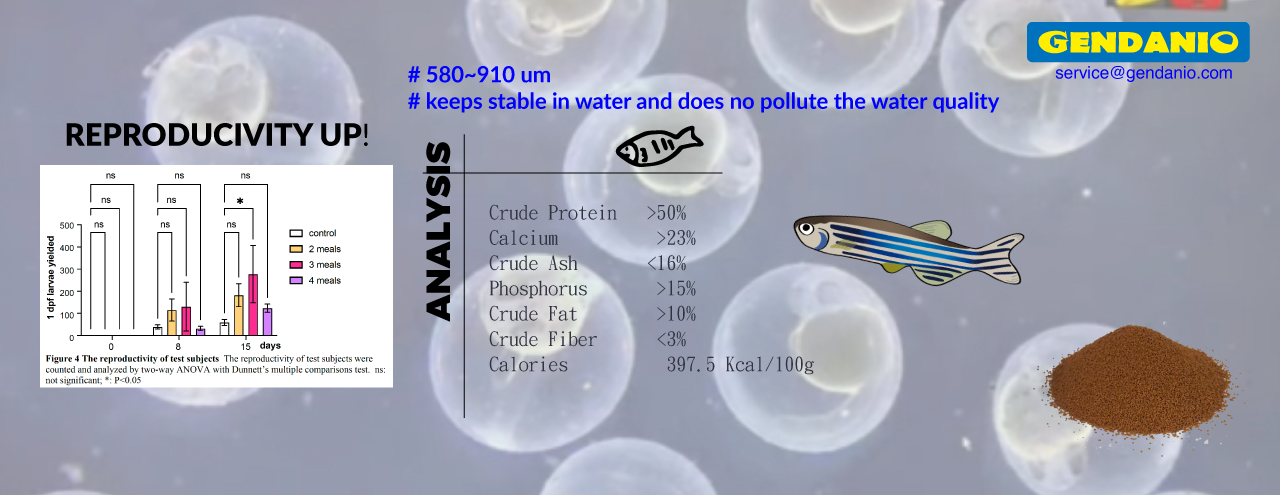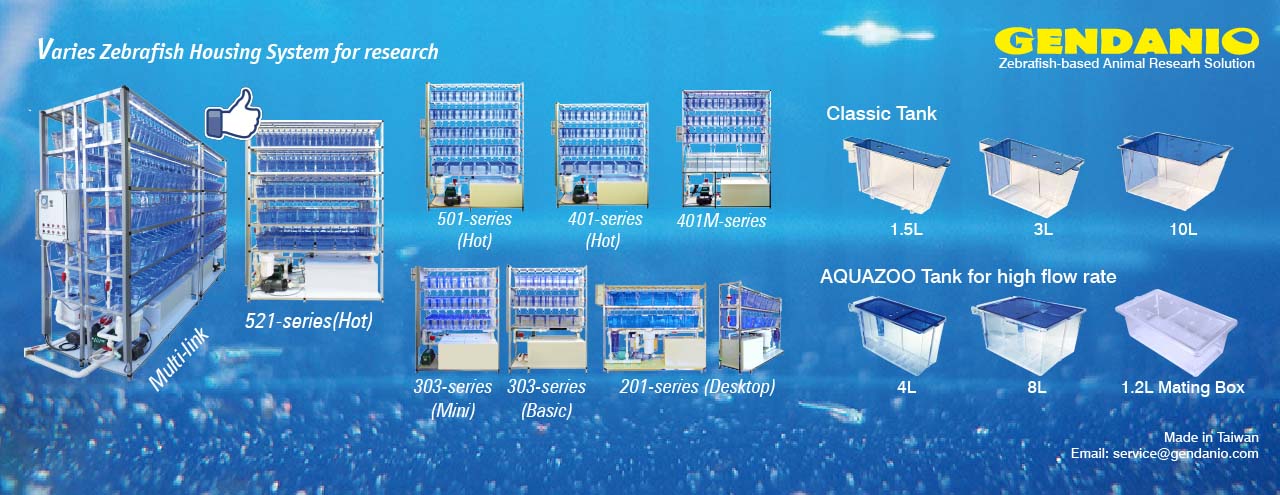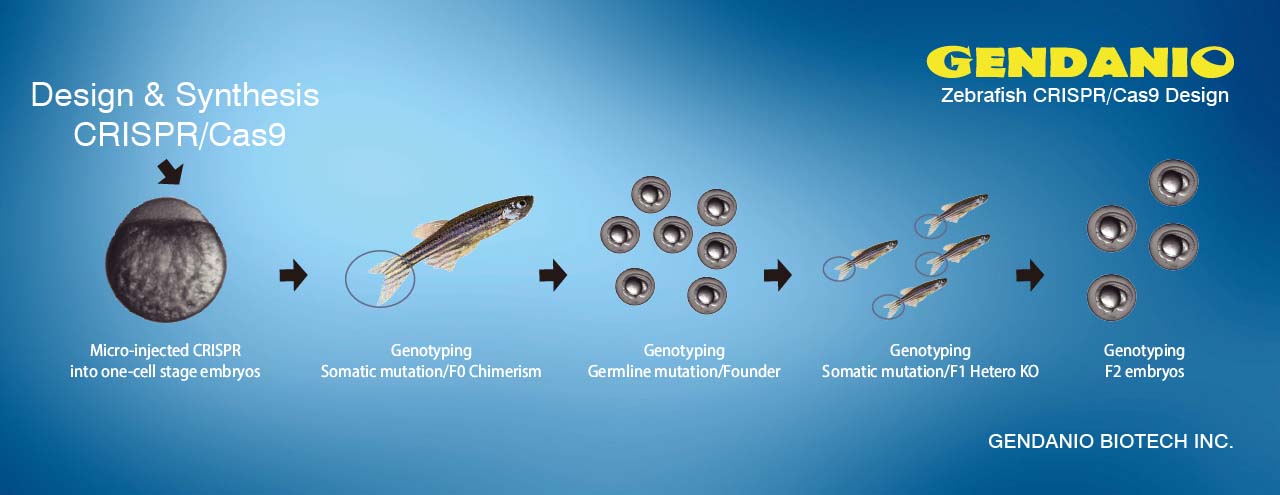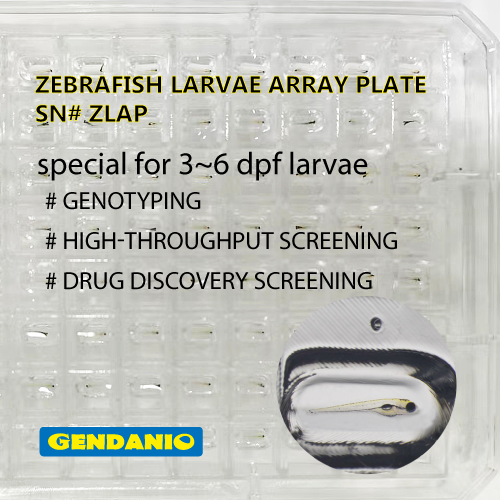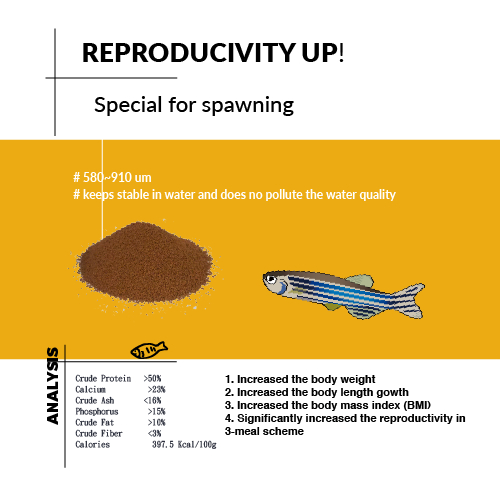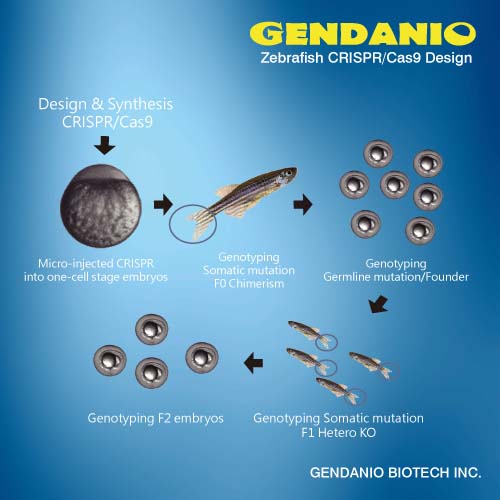ScienceDaily (Apr. 6, 2011) — Scientists of the Max Delbrück Center for Molecular Medicine (MDC) Berlin-Buch (Germany) have demonstrated for the first time that a gene regulating neuronal cell migration during embryogenesis also plays a role in the development of the liver. Using zebrafish as a model organism, Dr. Christian Klein and Professor Ferdinand le Noble showed that the gene navigator-3 (abbreviated nav3a) regulates liver organogenesis. If nav3a is missing, the liver cannot develop. "Moreover, first evidence indicates," Dr. Klein said, "that the expression of this gene is dysregulated during the pathogenesis of liver diseases in humans."
Scientists have known for some time that in the early phase of embryogenesis, neural guidance genes also play a role in the development of the vascular system. This is the focus of the research group "Angiogenesis and Cardiovascular Pathology" led by Professor le Noble. Dr. Klein, a member of this research group, discovered during his study of zebrafish that the navigator gene nav3a is also crucial for liver organogenesis.
In the zebrafish embryo, the navigator gene is active in the precursor cells of the liver. If it is missing, the liver cannot develop. The navigator gene, as its name implies, guides the cells in their migration. In a further step the researchers showed that nav3a optimizes cytoskeletal modulation in the cells, precisely orchestrating the migration of the cells to their determined destination, at which they subsequently form the liver. The production of the navigator gene is initiated by the signaling molecule wnt2bb, which belongs to a gene family that has key functions in organogenesis.
First evidence that dysregulated expression of nav3a is involved in liver diseases
The study of developmental processes in zebrafish embryos is also important for research into human diseases. According to Dr. Klein there are first indications "that dysregulated expression of nav3a is involved in the pathogenesis of liver cancer and liver cirrhosis in humans. Nav3a could thus be an important therapeutic target."
Source: ScienceDaily

